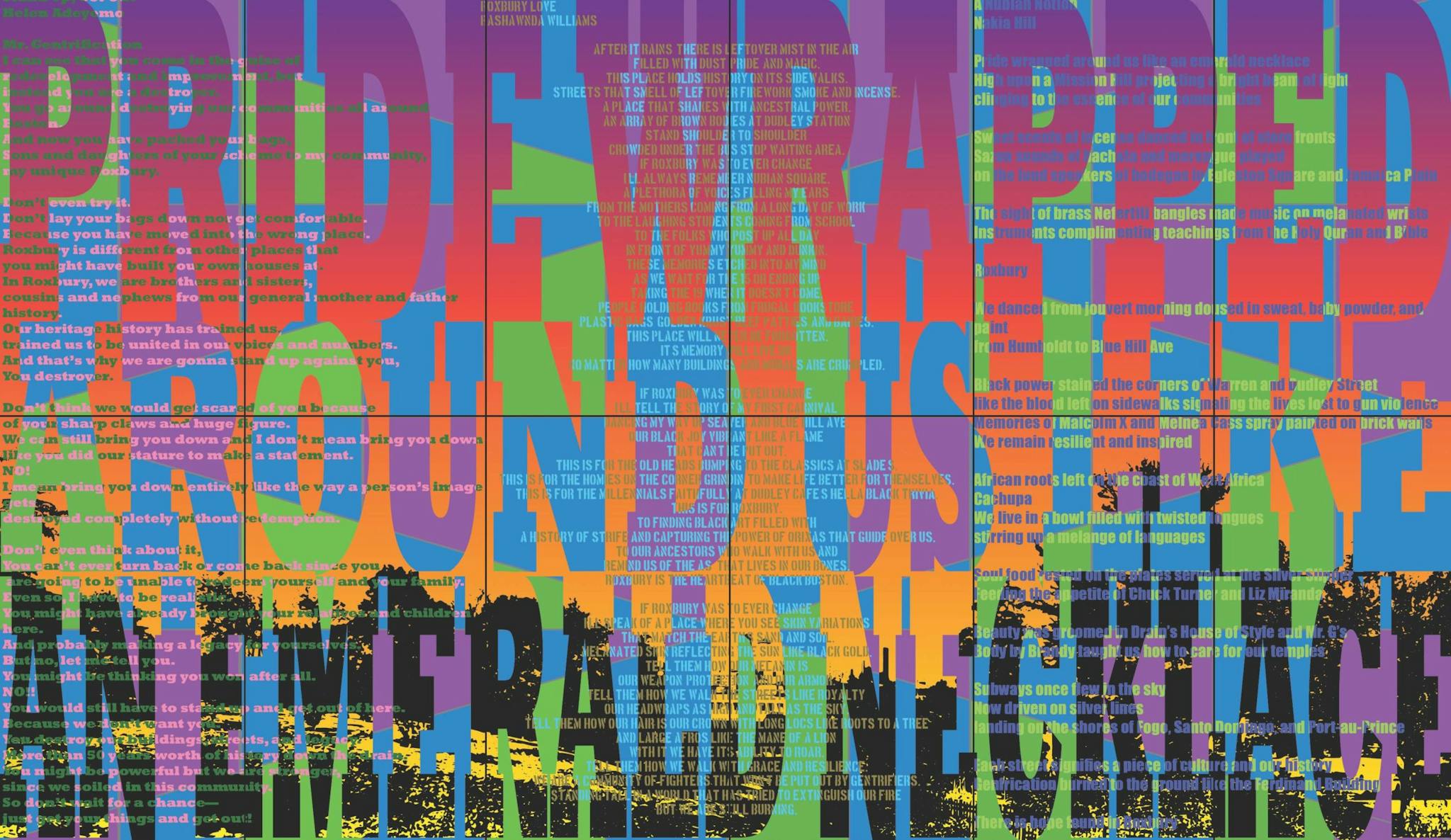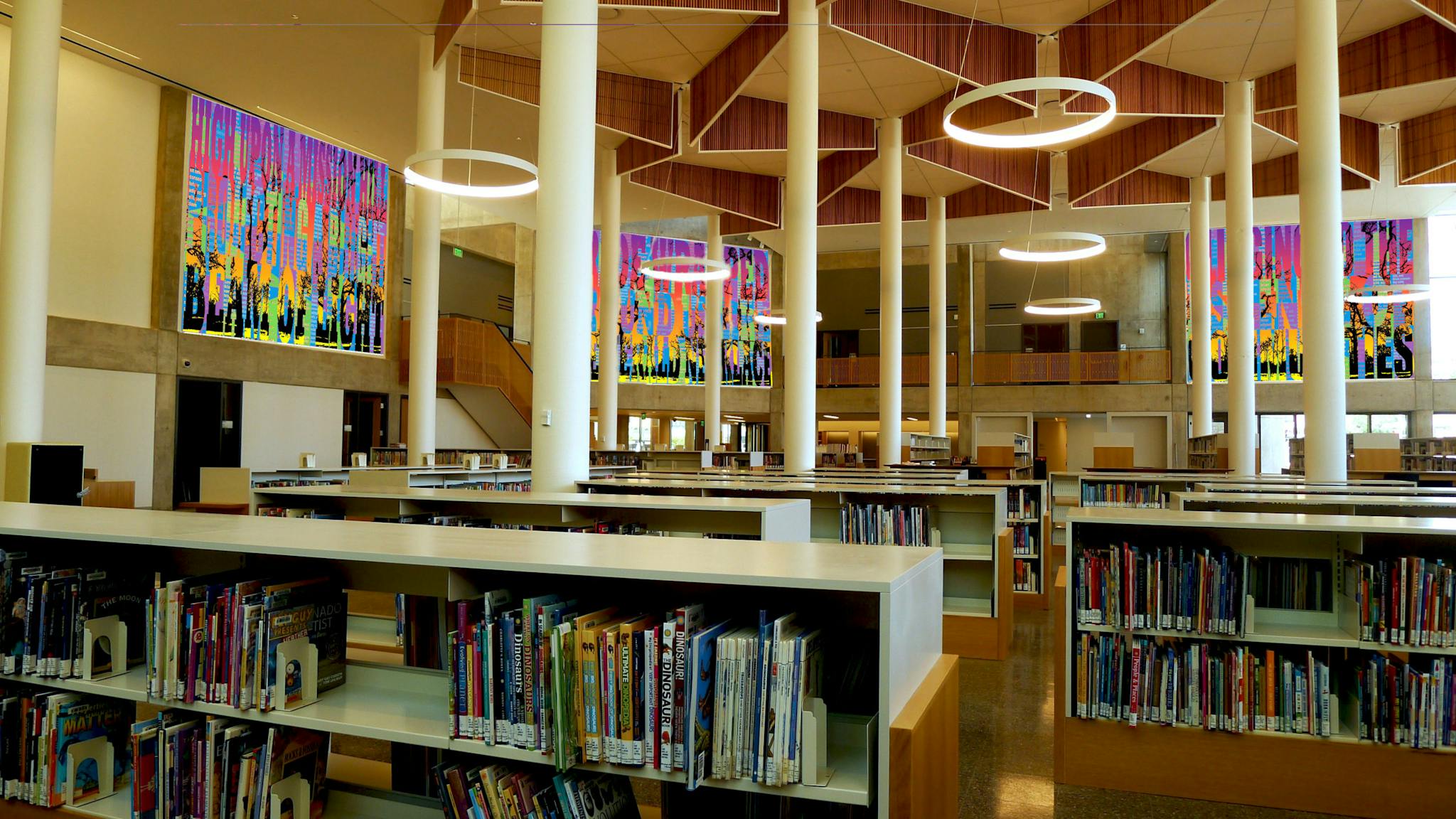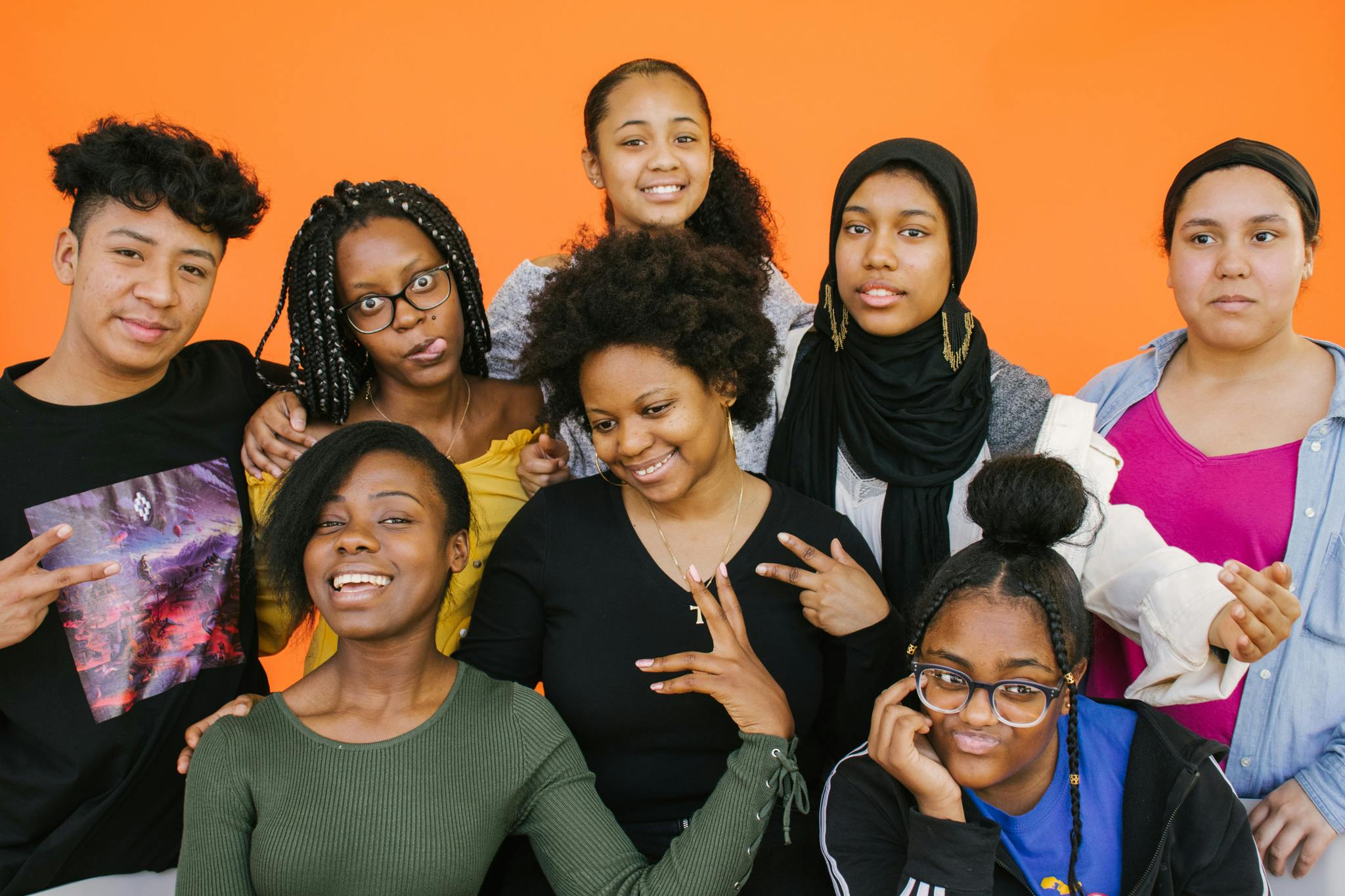How can art be purposeful when the artist does not consult the community that will engage with their work, when it will live in their neighborhoods now and for generations to come?
Boston is decorated with public sculpture, murals, and installations. Our city is an artistic one, but so often, these works are created without the inclusion of the community who might receive them—especially the younger members of that community. As a young artist of color, I can feel the disconnect between the artwork that fills our neighborhoods and the youth that will later come to serve as leaders in our community. In my own practice, I strive to close both the racial and generational gap with my art, but I alone cannot tackle this problem. Young people need to be included in the dialogue surrounding public art not only for ourselves, but so the art can serve as a functional tool.
The disconnect between Gen Z and older generations exists in many ways, but within art it is especially damaging to our self-worth. Gen Z is often told that we aren’t creating “real” art when we create graffiti or digital graphic art. Our voices are often not given the same weight when it comes to community-based art initiatives. As the threats that loom over our world become more and more apparent, it becomes obvious that young voices can no longer be ignored. We are the inheritors of the earth, our governments, and our communities. If we are going to utilize art in an intentional way, we must first decide to whom the art belongs. Frequently art not only belongs to its creators, but also to the space and people who inhabit it, including Gen Z.
Joe Wardwell, a Boston-based artist and educator, made a point to consider the communities and youth first. He was selected by the Mayor’s Office of Arts and Culture and the Boston Art Commission to create a mural in the newly renovated Roxbury branch of the Boston Public Library located in the heart of Nubian Square. Wardwell made the decision to collaborate with poet, guest editor for this issue of Boston Art Review, and former Boston Artist-in-Residence Nakia Hill and her students representing 826 Boston’s Youth Literary Advisory Board (YLAB)—one of whom was me. We were asked to create works that would compose the mural, which is expected to be completed sometime in 2021.
Wardwell frequently welcomed me and four other members of the cohort into his art studio (over Zoom). During the process, 826 Boston’s Writers’ Room Coordinator Rashawnda Williams guided us through various poetry writing workshops to produce works that would occupy the center of Wardwell’s mural. He did not tell us how to write or what to write about; he came to observe our process and share his own. He would eagerly listen to how our works progressed and use them to in-spire and rethink his own artistic process. For me, this type of relationship between the principal artist and the students—who were also artists in their own right—healed intergenerational divides. It forced both the young and seasoned creatives to write and paint outside of the margins. What Wardwell and many other artists I have spoken to have realized through collaborating with young people like us is that it is okay to give Gen Z the creative freedom they need to express themselves and take the lead.
“I think the thought of my art becoming something that incorporates other people’s worldview is very humbling,” Wardwell said about the collaboration. “I’m investing in your worldview instead of looking for your work to say what I’m feeling. That was a big difference for me.”
As a nineteen-year-old artist, I frequently find that older folks are shocked that such complex, intentional, and powerful art can come from young minds. Many older people limit our generation to harmful stereotypes like lack of empathy or gross dissociation from reality. What they fail to see is they’ve done a terrible job creating a world we feel inspired to engage with. We’re not passive because we are ignorant to the threats that loom over our society; in fact, because we’ve grown up with social media and other technology woven into our lives, we have the tools to understand these threats better than any other generation before us. But we often remain silent, because our solutions are never taken seriously. Although I experienced the possibility of a positive intergenerational collaboration working with Wardwell, I wanted to see how other artists were engaging with Gen Z in Boston to remedy the harmful disconnect I was seeing.
In a 2018 project with Now + There, artist Stephen Hamilton worked closely with Boston Public High School students for an installation at the Bruce C. Bolling building in Roxbury. He photographed students in clothing and objects he wove and then painted their portraits onto cloth, reenvisioning them as the founders of West and West-Central African ethnic groups, which form the ancestral base of the African diaspora. Hamilton, a multidisciplinary artist born and raised in Roxbury who uses both Western and African influences to depict his subjects, was initially surprised by how engaged the students were during the project. “We’re taught that kids do not want to learn,” noted Hamilton. “But they wanted this information. I had to check myself.” He spoke at length about the importance of honoring his subjects, especially youth. “As a Black person who paints Black people, if I’m creating an image of somebody, they need to have some agency in their representation,” he said. “There needs to be a sense of comfort and understanding built into the interaction.”
When I spoke to Zariah Eisner, another writer, student, and YLAB member whose work will be displayed in Wardwell’s project, she continually touched on the lasting impact of art. “I think that most things in life are temporary, except art of course,” says Eisner. “Every time we create it, we create something beautiful and permanent, something that will remain long after us. By having our work in the library permanently, we are leaving a piece of ourselves for others to see.”
In July, our community watched as the Roxbury Love mural created by Richard “Deme5” Gomez and Thomas Kwest was removed by a development company. During a YLAB meeting, Eisner and I dis-cussed how frustrated we were, but also how touched we were by the existence of the art in the first place. Even though his work was not permanently preserved, the impact of the mural lasted far beyond its destruction. To Eisner’s point, the impact artwork can have on a community remains even if the art itself may cease to exist. When young people’s voices are amplified, especially through something as powerful as art, the effect is lasting and we begin to see change that starts with our communities and leads to more empowered, engaged youth in positions of leadership.
Our collaboration with Wardwell was not without obstacles. Although Wardwell first proposed three panels to showcase our work, the library initially approved only one. The Boston Public Library’s president, David Leonard, had a change of heart after fifteen-year-old YLAB member Kaylany Vicente attended a committee meeting and read her poem entitled “Roxbury, That’s Me.” The committee, composed of notable Boston artists, city officials, and architects, were so impressed by Vicente’s poem that they approved expanding the work to three murals. In reading her poem, Vicente uplifted the voices of her fellow Roxbury-based peers and helped ensure that the art would better exemplify the Roxbury natives who would visit the space. All the committee needed to do was listen to the young voices in the room.
Working with Wardwell and exploring this generational disconnect allowed me to better understand how to close the gap between older artists and youth. I hope to challenge seasoned artists, curators, civic leaders and educators to rethink how they engage Gen Z with art. I want to see us given the space we deserve—and more chances to take the lead— in classrooms, museums, and beyond.
On March 31, Nakia Hill and Joe Wardwell will be joining in conversation with Cube Art about their collaboration on the Roxbury Library murals. Register here.




